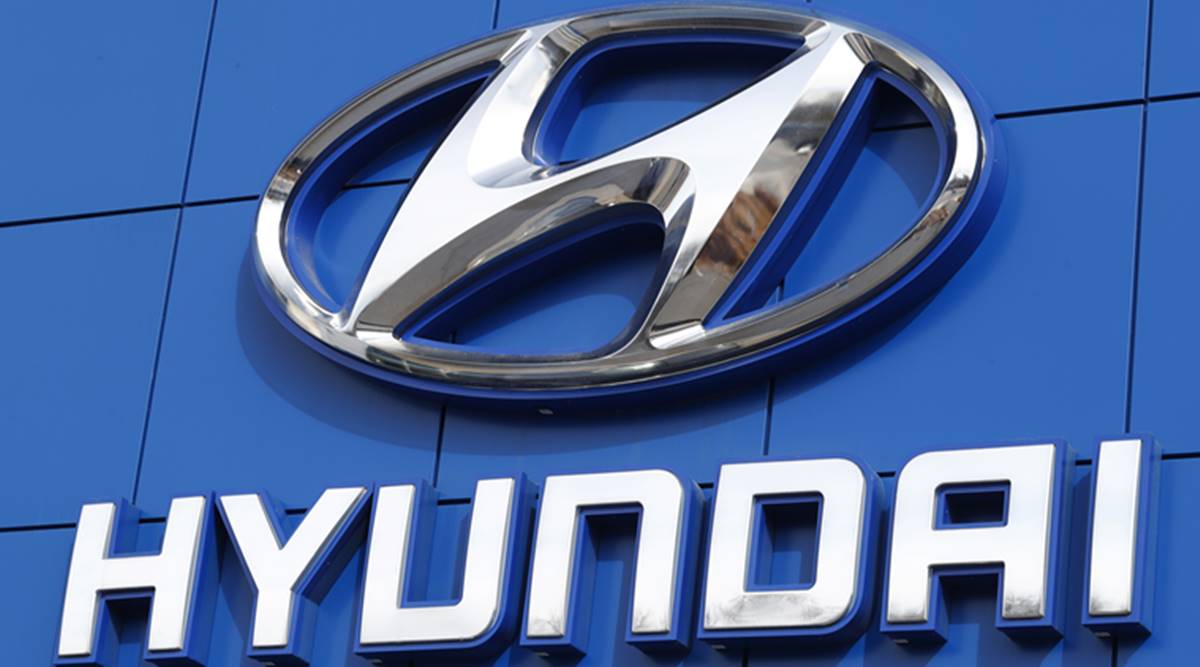Hyundai Motor vows to popularize hydrogen energy in everything by 2040

SEOUL: SEPT. 7 – Hyundai Motor Group, South Korea’s second-biggest conglomerate and the parent entity of Hyundai Motor and Kia Motors, vowed Tuesday to popularize hydrogen energy in “everything” by 2040.
“Hyundai Motor Group’s vision is to apply hydrogen energy in all areas of life and industry such as our homes, workplaces and factories. The goal is to make hydrogen readily used for everyone, everything, and everywhere,” Hyundai Motor Group Chairman Chung Eui-sun told an online press conference.
Speaking at the media event titled Hydrogen Wave, Chung said Hyundai aimed to help foster a worldwide hydrogen society by 2040 by applying the hydrogen fuel cell systems to broader fields beyond transportation.
To achieve the goal, Hyundai planned to introduce its next-generation hydrogen fuel cell system in 2023, with costs lowered by more than 50 per cent, total package volume reduced by 30 per cent, and power output doubled.
Hyundai’s third-generation fuel cell stack, currently in development, will be of two power versions. The 100kW stack reduces in size by 30 per cent, making it easier to apply to different vehicle types, while the 200kW stack is designed for commercial vehicle applications with its power output doubled.
Through the continuous technological innovation of fuel cell systems, Hyundai expected its fuel cell electric vehicles to achieve a price point comparable to battery electric vehicles by 2030.
Hyundai will start with commercial vehicles, which emit larger amounts of carbon dioxide and require longer drive ranges compared with passenger vehicles.
It aimed to fully electrify its commercial vehicle lineup, such as trucks and buses, by 2028 by adopting either battery or fuel cells for the lineup to decarbonize the public transportation and the logistics industry.
Hyundai planned to apply hydrogen fuel cell systems to all sorts of transportation, such as cars, trains, aircraft and ships while expanding the technology to other energy aspects including power supply, the heating of buildings, urban energy sources and power plants.
-Agency









